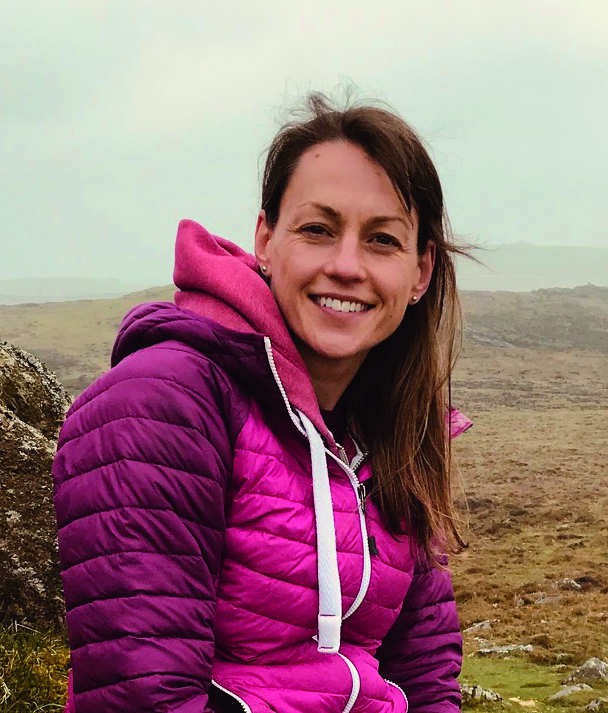Ashdown Forest, Sussex Weald, England
Chosen by: James Warwick
Ashdown Forest is an incredibly beautiful and important wild area of the south of England covering 2,600ha, two-thirds of which is open heathland, home to rare birds such as Dartford warblers and European nightjars, as well as many rare plants and insects.
Hermaness National Nature Reserve, Unst, Shetland, Scotland
Chosen by: David Tipling
Hermaness offers a wildness that you might associate with the northern-most point in Britain, coupled with spectacular gannet colonies and tame puffins.
The magical combination of an amazing landscape, the accessibility of the birds and a constantly changing light is hard to rival elsewhere in the British Isles.
Ardnamurchan Peninsula, Argyll, Scotland
Chosen by: Laurie Campbell
This was where I saw my first wild otter on a family camping holiday in the 1960s. It’s good for pine martens and possibly Scottish wildcats too, and by the time you’ve reached the end of the long and winding single-track road to Ardnamurchan Point, the most westerly place on the British mainland, you feel as cut-off as being on an island. It is bliss!
Prees Heath, Shropshire, England
Chosen by: Mark Sisson
Prees Heath is home to the only colony of silver-studded blue butterflies in the West Midlands, and in the height of summer this small sandy area, which is a former airfield that is now managed by Butterfly Conservation, comes alive.
You have an excellent chance of seeing hundreds of butterflies taking to the wing, shimmering in the sun. A dawn visit to photograph them every summer while listening to skylarks and yellowhammers is a must – and a real local tonic for a much-travelled photographer at the same time.
The Vale of White Horse and Berkshire Downs, England
Chosen by: Elliot Neep
This area is part of the North Wessex Downs Area of Natural Beauty. It is quintessential English countryside, with a mosaic of habitats including pasture, woodlands, semi-ancient hedgerows, chalk downland and meadows.
It’s home to iconic British wildlife subjects such as badgers, foxes, brown hares, roe deer, barn owls and red kites.
The Yorkshire Dales, England
Chosen by: Nigel Blake
One of the reasons I love the Dales so much is because they are very different from home – I live in the flatness of East Anglia. It is an area that has a wealth of wildlife, and I find that birds seem easier to photograph here than anywhere else in the UK – especially during the breeding season.
The way that the weather changes offers a photographer the opportunity to capture wildlife as it deals with all sorts of conditions. And there is huge potential for landscapes, because the light is continually changing. I can happily spend hours photographing here.
Godlingston Heath, Dorset, England
Chosen by: Colin Varndell
This is one of Britain’s finest examples of lowland heath. Species found here include: Dartford warbler; nightjar; smooth snake; sand lizard; hairy, black darter and downy emerald dragonflies; grayling, green hairstreak and silver-studded blue butterflies; large marsh grasshopper; all three species of insectivorous sundew; and marsh gentian.
Newlyn Harbour, Cornwall, England
Chosen by: David Chapman
Newlyn Harbour is a vibrant place. It is still a major fishing port with lots of colourful fishing boats, some industry and several historical features, but it also plays host to an interesting range of wildlife.
The turnstones and great black-backed gulls are common and very tame. In winter there are shags and great northern divers. Last winter many razorbills, kittiwakes and guillemots were seen too, as well as an occasional bottlenose dolphins inside the harbour.
Lower Tamar Lake, North Cornwall, England
Chosen by: Ross Hoddinott
My local lake isn’t somewhere particularly beautiful, unusual or home to any rare or exotic breeds, but I love it. It’s just a short drive from home and I regularly visit at dawn to photograph dragonflies, damselflies and wild flowers.
Some of my favourite shots have been captured here – and all thanks to the knowledge I’ve built up of this unspectacular little reserve over the years.
Cranborne Chase, Dorset, England
Chosen by: Jules Cox
I am working on a long-term project on roe, perhaps our prettiest native species of deer. It is believed that the population in Dorset can be traced back to prehistoric times.
Working on this project close to where I grew up feels like a sort of homecoming. And Cranborne Chase is where Richard Prior, the famous stalker of roe deer, worked for many years.
Strathspey, Cairngorms National Park, Scotland
Chosen by: Mark Hamblin
Home to the wildcat, golden eagle and capercaillie, this is one of the wildest parts of Britain and boasts some of the most spectacular scenery, from the vast Cairngorm plateau to the ancient Caledonian pinewoods. I feel very privileged that it’s right on my doorstep.
Main image: European badger cub in oak woods, Ashdown Forest, Sussex, England, UK. © James Warwick/Getty
